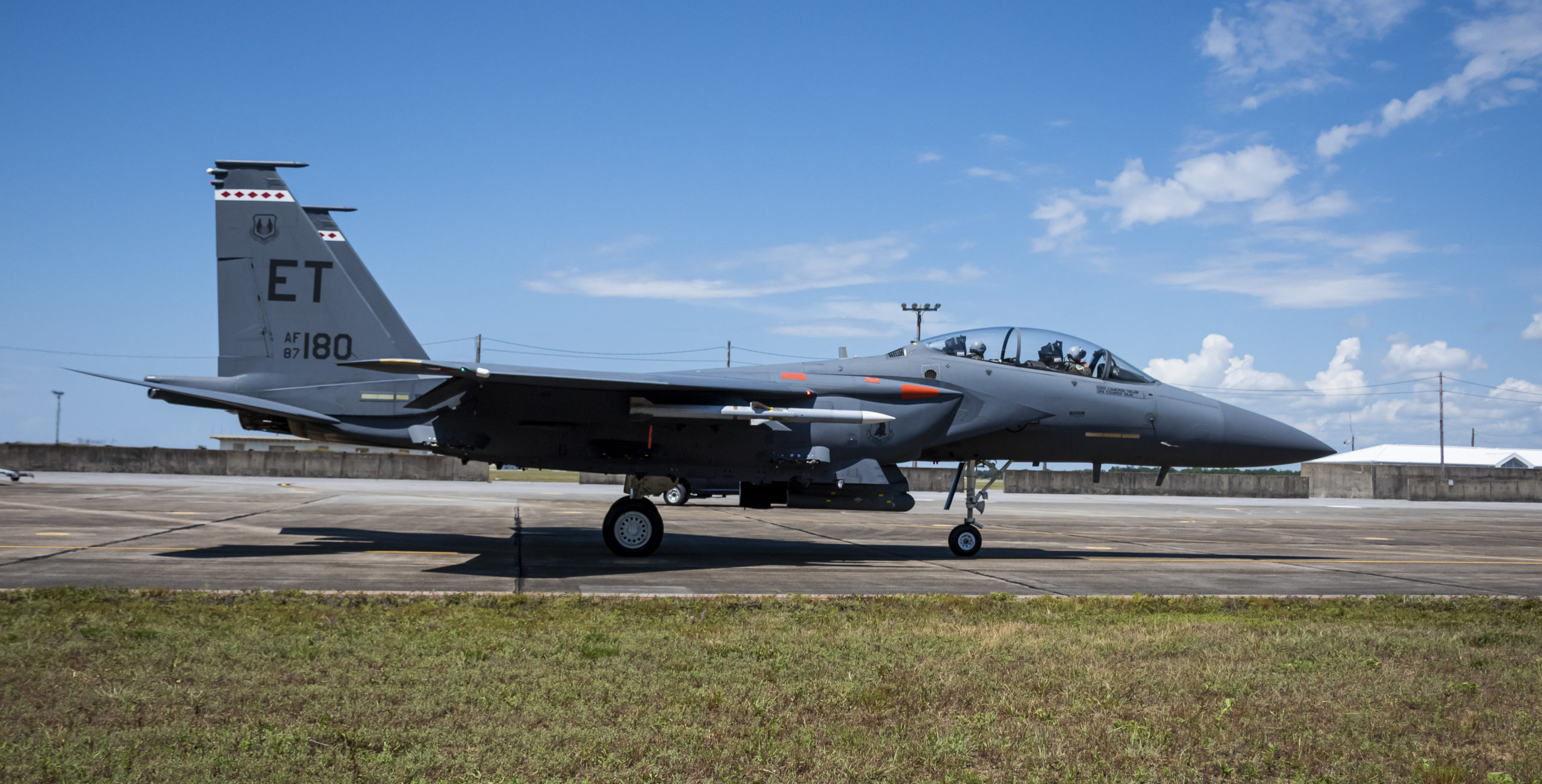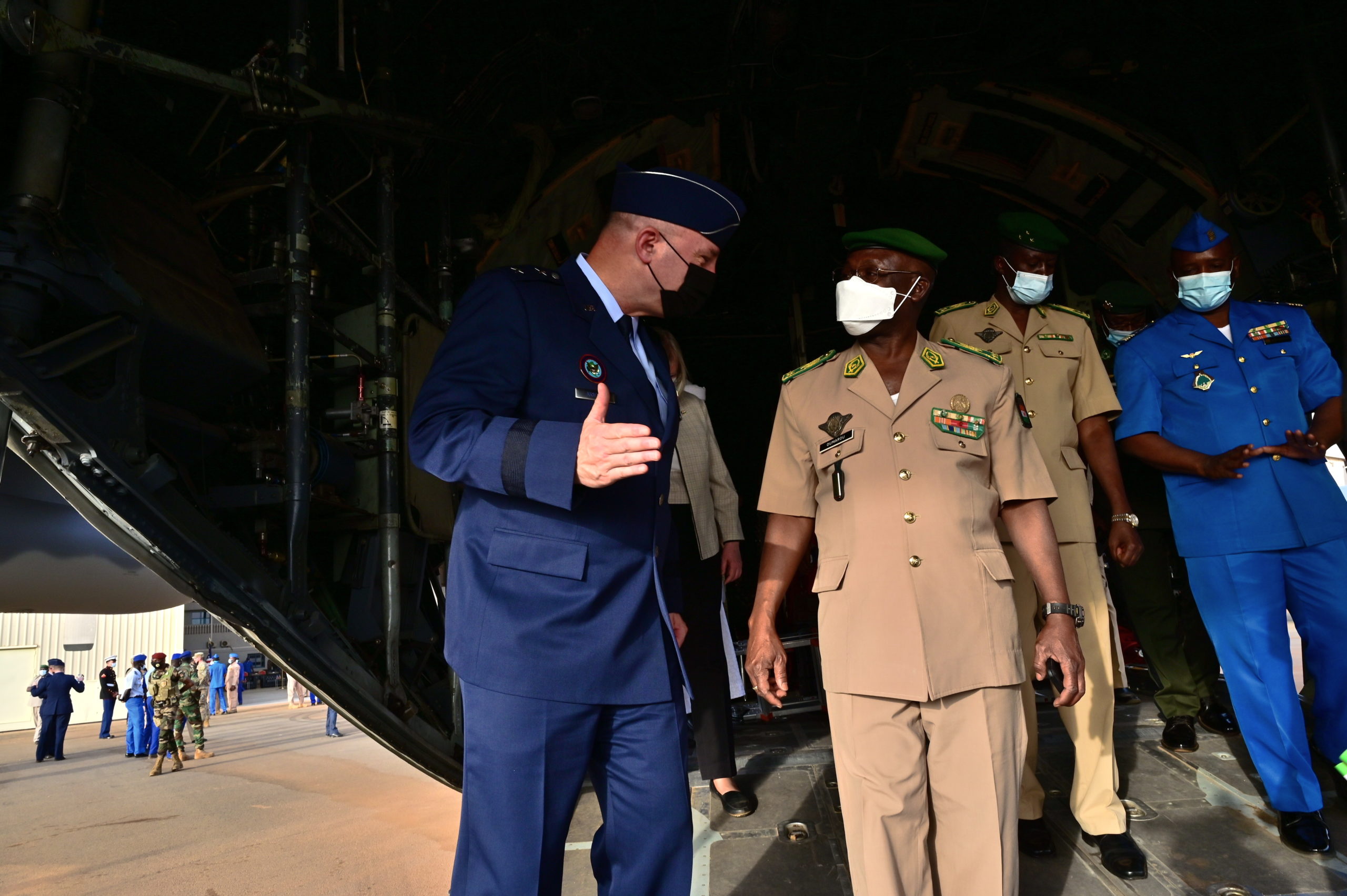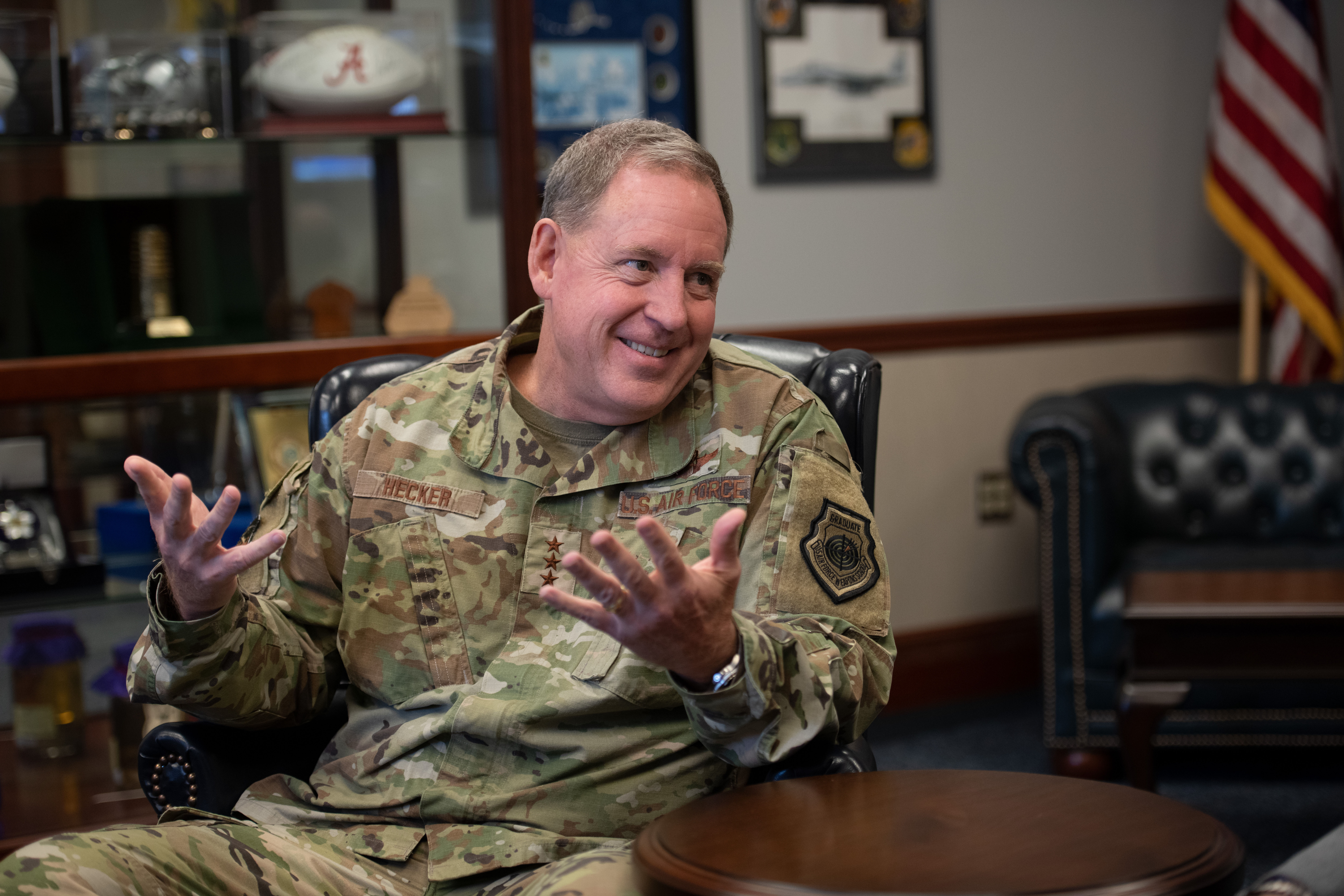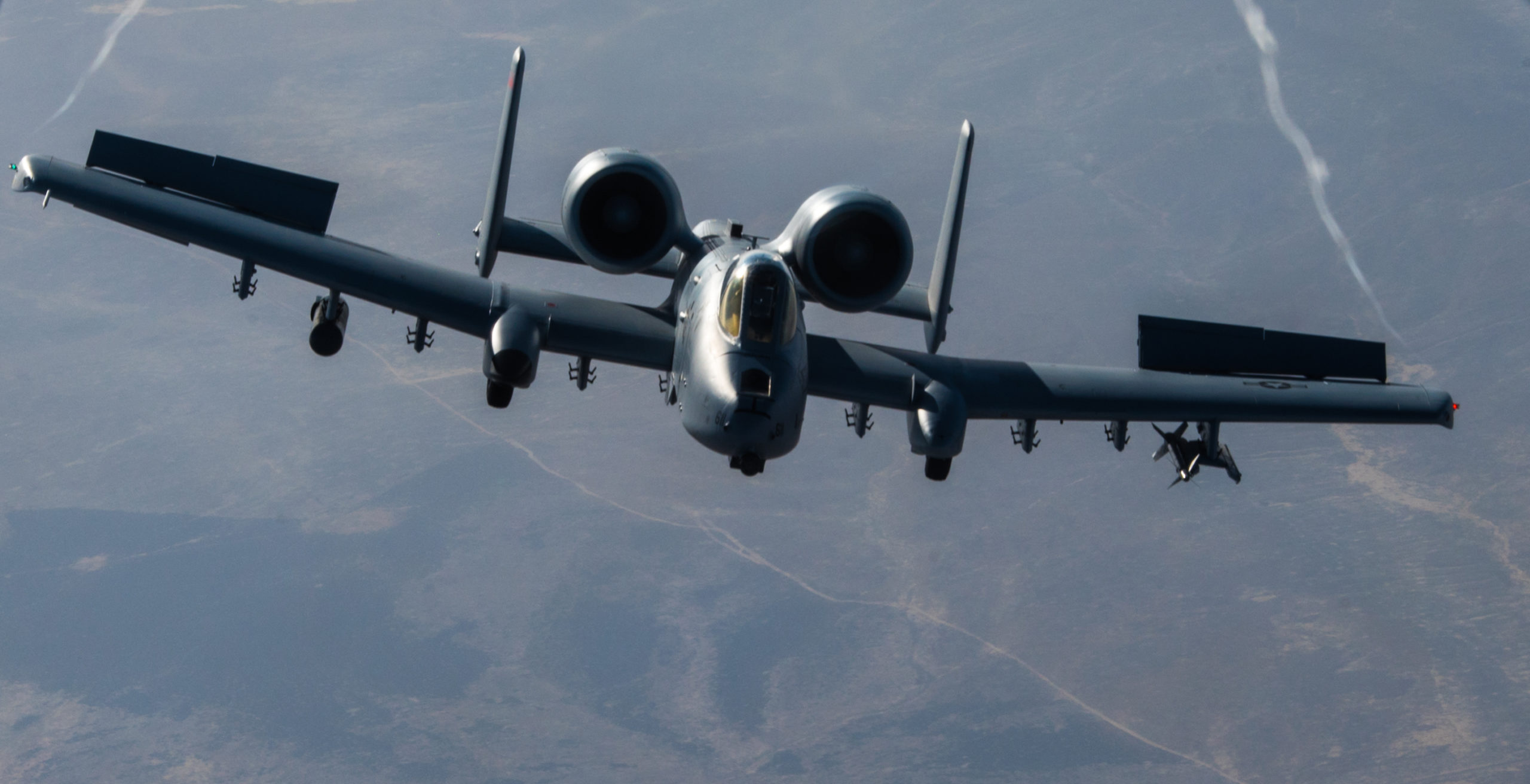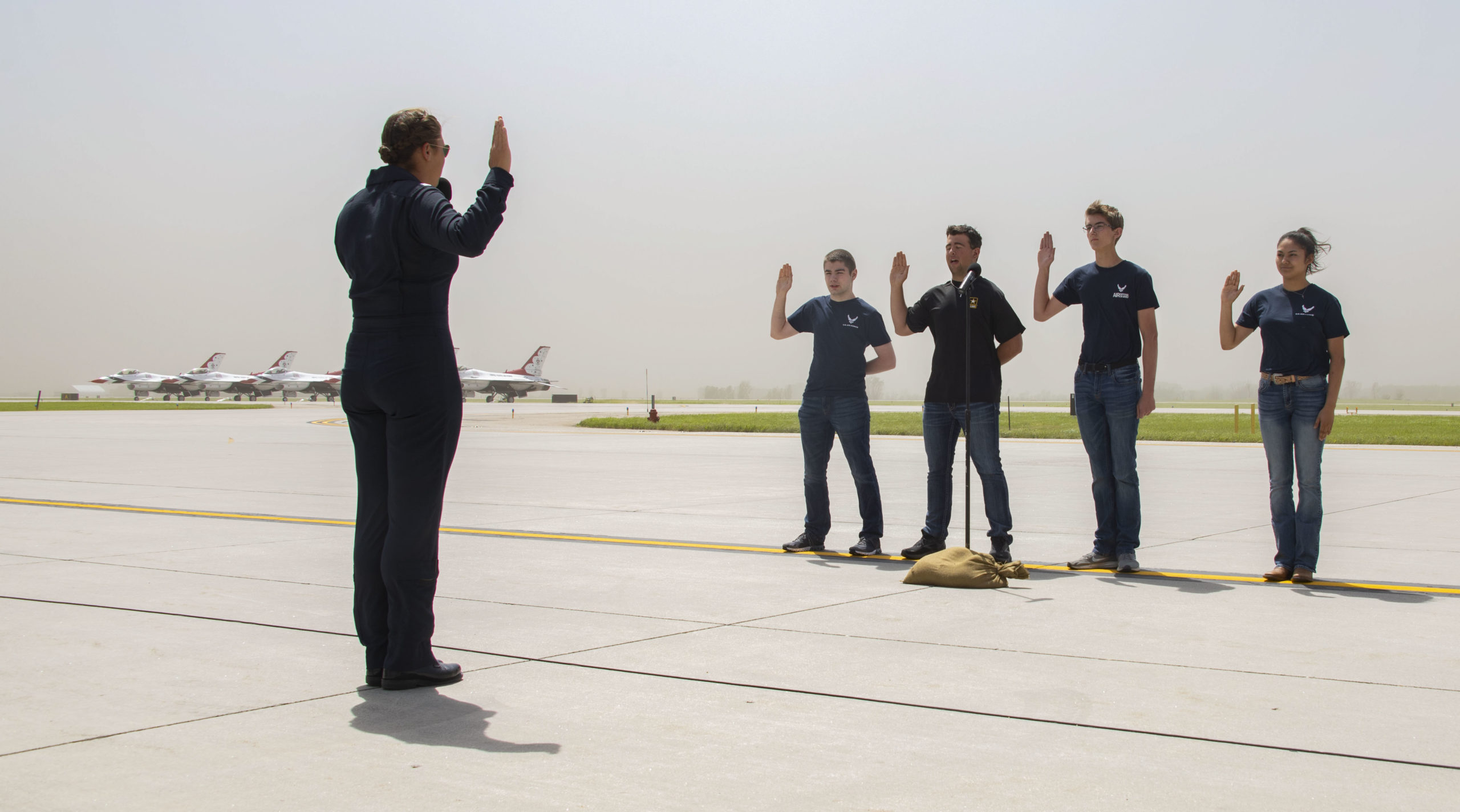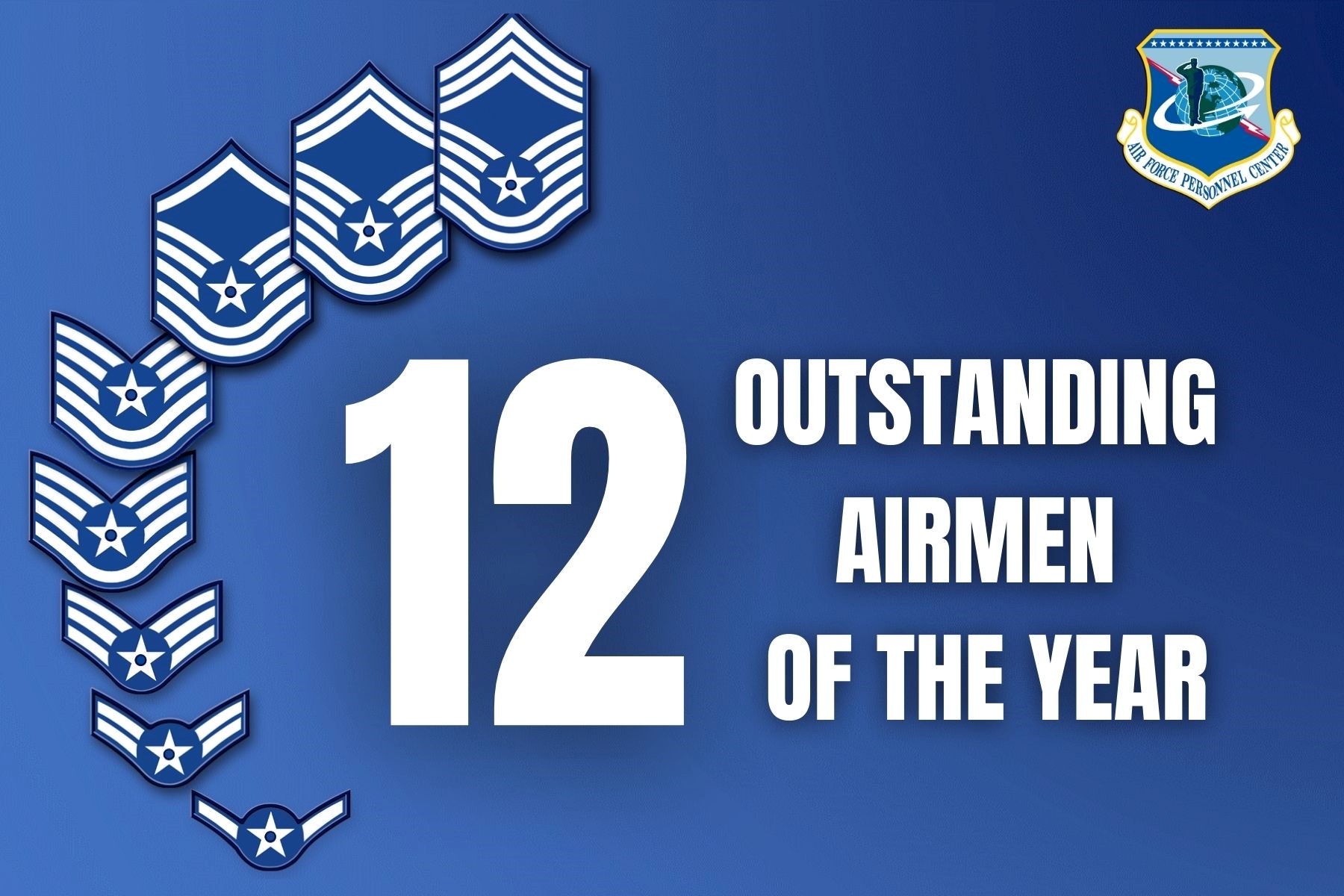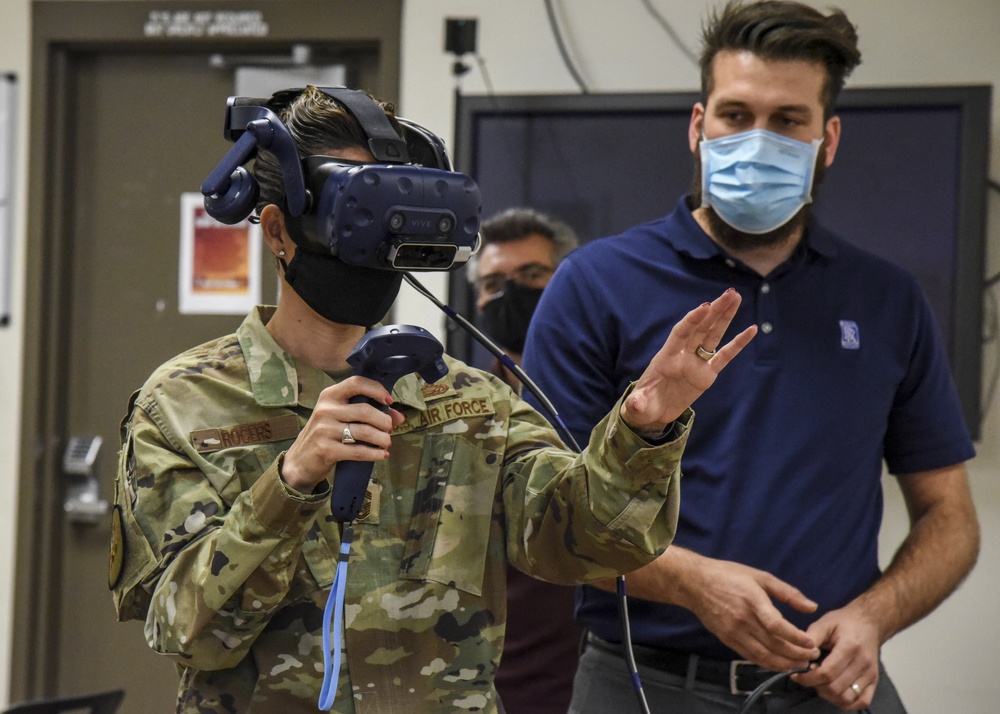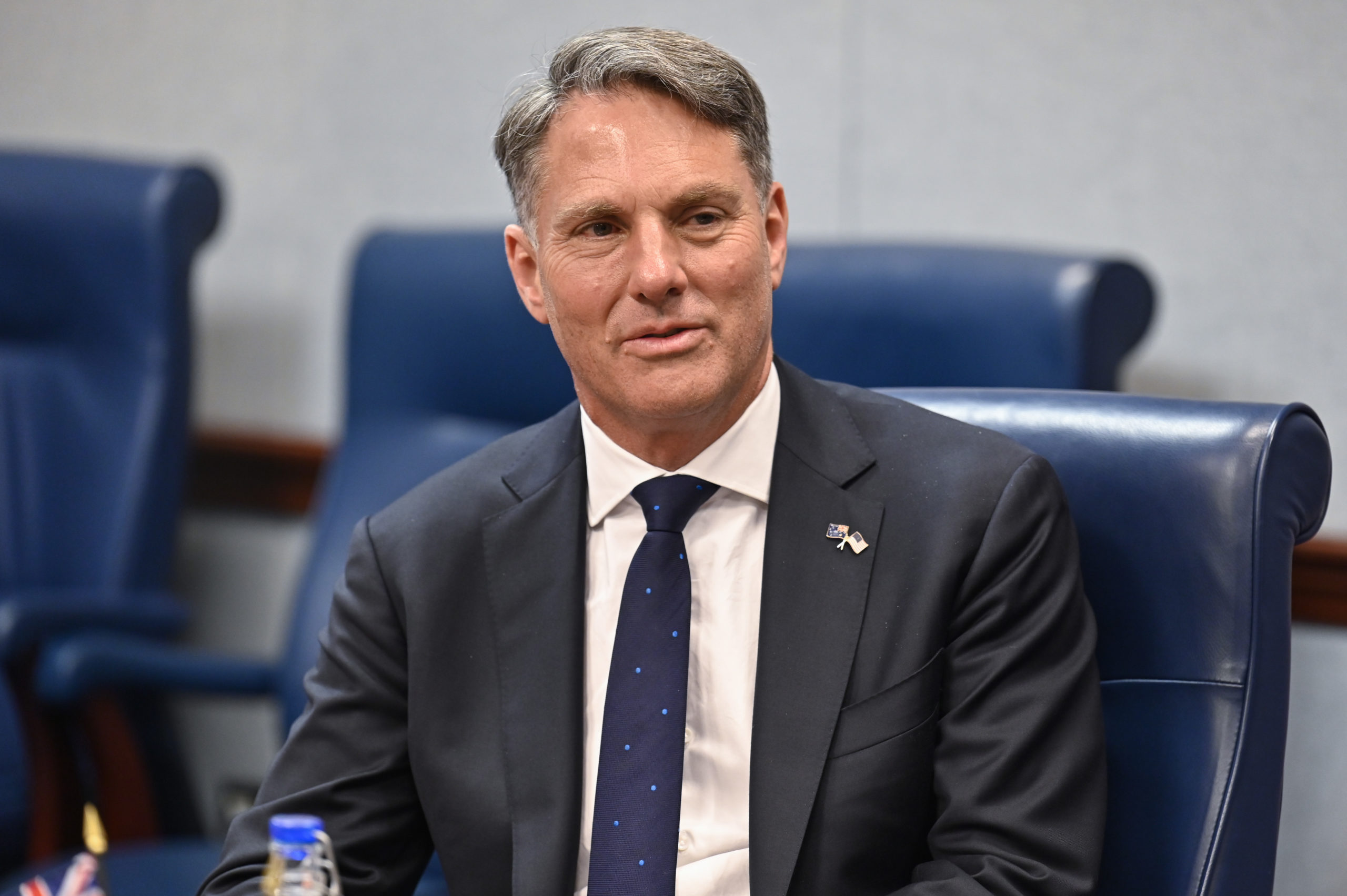The Air Force successfully tested its redesigned Advanced Medium Range Air-to-Air Missile (AMRAAM) Form, Fit, Function Refresh (F3R), firing the AIM-120D3 missile June 30 from an F-15E Strike Eagle at a target over the Gulf of Mexico near the Florida coast.
The first of five live-fire tests, it assessed a full hardware system redesign of early 2000s technology components in the Raytheon missile.
“The core objective of this test was to execute a long range shot that physically stressed the new missile hardware,” Maj. Heath Honaker, the 28th Test and Evaluation Squadron’s director of engineering and advanced programs, said in a statement provided to Air Force Magazine.
“Successful execution proves the redesigned hardware and software are progressing as expected and puts us one step closer to fielding a reliable, sustainable air-to-air capability to the warfighter,” Honaker added.
The $125 million F3R program began in December 2021 and included new software and missile guidance systems tailored to rapidly evolving threats, Raytheon officials said at the time of the award’s announcement.
The Air Force and members of the defense industry were involved in the lead-up to the test that took place in the Eglin Gulf Test Range against a QF-16 drone.
The 53rd Wing at Eglin Air Force Base, Fla., provided supporting entities such as the 28th TES, which designed, planned, and executed the test; and the 85th TES, which provided the aircraft and pilots. The 53rd Weapons Evaluation Group out of Tyndall Air Force Base, Fla., provided the QF-16 drone; the 96th Range Group at Eglin provided data collection support and range infrastructure; and the 96th Test Wing safety office monitored live fire munitions of the Raytheon product.
The AIM-120D reached initial operational capability for the Air Force and Navy in 2015 as an active radar-guided intercept missile with GPS-aided navigation and electronic protection capabilities.
Honaker said F3R will enable “high-confidence AIM-120D production” for the remainder of the missile lifecycle.
Raytheon engineers used model-based systems engineering and other digital technologies to upgrade multiple circuit cards and hardware in the guidance section of the missile.
“F3R upgrades multiple circuit cards to address obsolescence, enhances the weapon’s capabilities, and extends the production line for the U.S. Air Force, the U.S. Navy, and our Allied partners,” Paul Ferraro, president of Air Power at Raytheon Missiles & Defense, said in a statement.
The live fire of the AIM-120D3 is the first of five planned missile shots to qualify the new missile for production and fielding.
